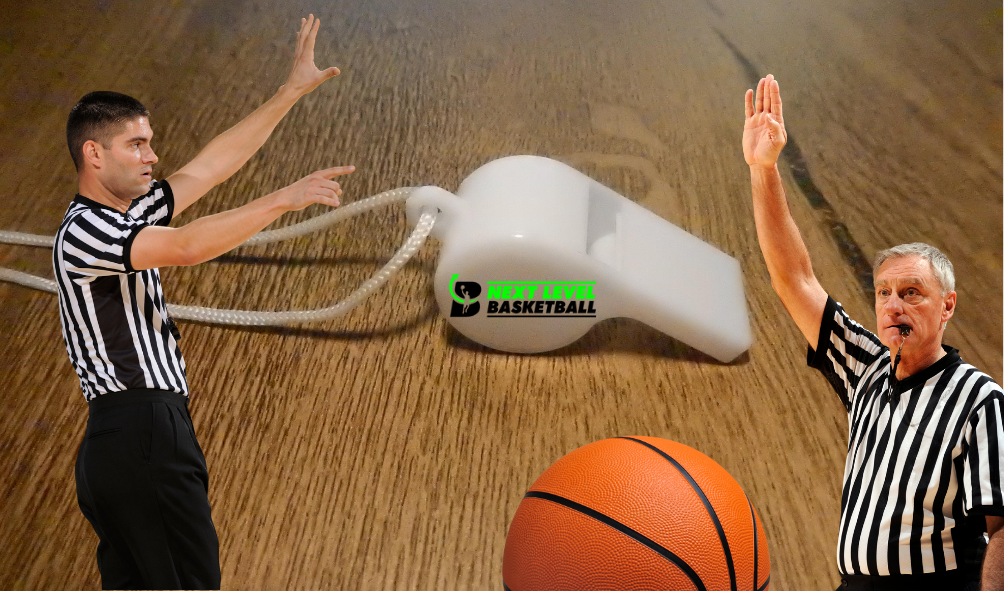Overview Of Basketball Rules And Scoring
Basketball is a dynamic sport characterized by fast-paced action, strategic playmaking, and precise scoring techniques. It is played on a rectangular court by two teams, each consisting of five players. The primary objective is for a team to outscore its opponent by shooting the basketball through the opponent’s hoop, which is elevated ten feet above the floor. Points are awarded based on the type of shot executed: a field goal made from inside the three-point line earns the team two points, whereas a successful shot from beyond the three-point arc is worth three points.
Free throws, awarded after specific fouls, add a single point per successful attempt.
The game is divided into four quarters, with professional quarters lasting twelve minutes and varying slightly in amateur play. Teams must adhere to the game’s fundamental rules, such as dribbling the ball while moving, ensuring that each dribble is a separate motion to avoid double dribbling, and not taking more than two steps without dribbling, known as traveling.
Fouls are an essential aspect of the sport, with penalties issued for illegal physical contact, which disrupts the flow of the game. Personal fouls can lead to free throws or possession changes, altering the momentum. Strategically, teams employ various offensive and defensive strategies, like the fast break or zone defense, to capitalize on their scoring opportunities and restrict their opponents.
Basic Rules Of The Game
In basketball, the basic rules of the game revolve around two teams competing to score points by shooting a ball through the opponent’s hoop. The court is divided into two main sections, with each team assigned a basket. Each game starts with a jump ball at center court, where the referee tosses the ball into the air, and one player from each team attempts to gain possession.
The team with the ball, known as the offense, attempts to score by dribbling and passing the ball to create favorable shooting opportunities. They must do so within the constraints of a 24-second shot clock, which resets after certain situations, like an attempt hitting the rim. Upon gaining possession, the offense must advance the ball over the midcourt line within eight seconds.
The opposing team, known as the defense, aims to disrupt the offense through strategic positioning, steals, and blocked shots. Players must adhere to rules such as no traveling, which disallows taking more than two steps without dribbling, and avoiding double dribbling, where a player stops and then resumes dribbling.
Personal fouls occur when there is illegal personal contact, leading to free-throw opportunities for the fouled player. The game is played in four quarters, and the team with the most points at the end of the game is declared the winner. Overtime is played if the score is tied at the end of regulation time.
Scoring System Explained
In basketball, the scoring system is designed to reward teams for successful attempts to shoot the ball through the opponent’s hoop. A standard field goal is worth two points and can be achieved from anywhere on the court inside the three-point arc. When a player successfully scores a basket from beyond the three-point line, which is set at a specific distance from the basket, it is worth three points.
This added value encourages long-range shooting and strategic play. Free throws, which are awarded after certain fouls, offer a unique scoring opportunity. Each free throw is worth one point, and the player attempts these shots unopposed from the free-throw line. Teams are awarded free throws depending on the type of foul and the game situation, such as a player being in the act of shooting when fouled.
In some cases, players can complete a “three-point play” by scoring a two-point basket while being fouled and then successfully converting the subsequent free throw. The game of basketball is played over four quarters, and the team with the highest score at the end of regulation play is declared the winner. If the score is tied, overtime periods are played, continuing until a winner is decided.
Scoring proficiency and defensive skills are vital for determining the outcome of a game, as each point plays a crucial role in building or maintaining a team’s lead.
Types Of Fouls And Their Consequences
In basketball, fouls are infractions of the rules that disrupt the flow and fairness of the game. Understanding the types of fouls and their consequences is crucial for players and fans alike. Personal fouls are the most common type, occurring when a player makes illegal physical contact with an opponent. The consequences vary based on the situation and severity. If committed against a shooter, the fouled player typically receives free throws: two for a missed two-point attempt, three for a missed three-point attempt, or one if the shot is made.
Accumulation of personal fouls can result in a player fouling out of the game, usually after five or six fouls, depending on the league.
Technical fouls are called for unsportsmanlike behavior, such as arguing with referees or inappropriate conduct. They result in one free throw for the opposing team, and repeated technical fouls can lead to ejection. Flagrant fouls are more severe, involving violent or dangerous play. These carry penalties of free throws and possession for the opposing team, and may lead to player ejection.
Team fouls are collective fouls committed by a team during a period, and exceeding a certain limit results in the opposing team receiving bonus free throws. The intricacies of foul rules underscore the importance of maintaining discipline and sportsmanship in the competitive environment of basketball.
Understanding Time Regulations
In basketball, understanding time regulations is crucial for grasping how the game is structured and strategically played. The game is divided into four quarters, each typically lasting 12 minutes in professional leagues like the NBA, while in amateur and high school games, quarters may be shorter, often 8 to 10 minutes. Halftime intermission separates the second and third quarters, offering teams a 15-minute break to regroup and strategize.
The clock plays a vital role in basketball, not only in terms of game duration but also in strategy. The game clock counts down during each quarter, pausing only when the play stops, such as during free throws, fouls, or when the ball goes out of bounds. This stoppage allows teams to execute plays without the pressure of losing precious seconds, maintaining the game’s pace, and ensuring fair competition.
In tight matches, clock management becomes a pivotal aspect of team strategy, where coaches use timeouts to either disrupt the opposing team’s momentum or to plan a scoring play.
Overtime periods are introduced if the game ends in a tie, typically lasting five minutes each. The time regulations also govern shot clocks, usually giving a team 24 seconds to attempt a shot. This rule ensures teams maintain an offensive pace, preventing prolonged possession and encouraging continuous action.
Recent Changes And Updates To Basketball Rules
Recent changes and updates to basketball rules have been implemented to enhance the flow of the game, improve player safety, and accommodate advances in technology. One significant change is the introduction of a more strict interpretation of traveling violations. The emphasis has been placed on identifying the “gather step” more accurately, as players often exploit this to gain an unfair advantage.
Referees are now better trained to recognize and call these infractions, ensuring a more level playing field. Additionally, alterations to the shot clock rules have been made, particularly concerning offensive rebounds. The shot clock now resets to 14 seconds instead of the full 24 seconds, encouraging quicker offensive plays and increasing the game’s pace.
Safety measures have also been a priority in recent updates. Rules regarding flagrant fouls and unsportsmanlike conduct have been refined to deter aggressive and potentially dangerous plays. Increased penalties for these types of fouls aim to protect players and promote fair competition. Moreover, the use of instant replay has been expanded to address more game situations, allowing officials to review crucial decisions like boundary calls and potential goaltending infractions more efficiently.
These updates reflect a balance between preserving the integrity of the game and adapting to modern standards. By continually refining basketball rules, the governing bodies aim to maintain the sport’s excitement while prioritizing fairness and safety for all players involved.
Is your child aspiring to become a basketball legend one day? Enroll your child in a group basketball training with the best basketball coaches at Next Level Basketball today. Contact 954-621-8470 for their first youth basketball development session. Check us out on our Facebook page for regular basketball updates!





